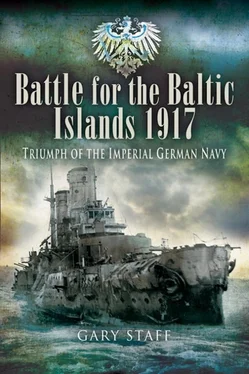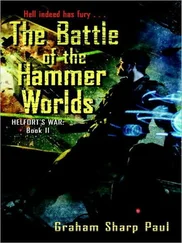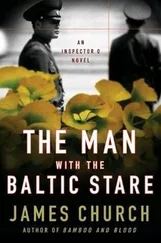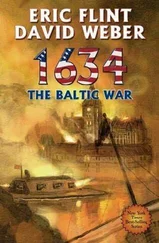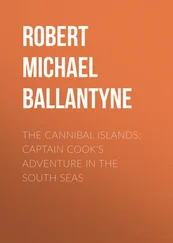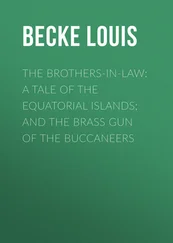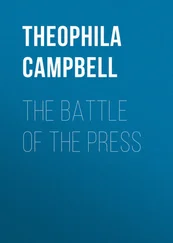Gary Staff
BATTLE OF THE BALTIC ISLANDS 1917
Triumph of the Imperial German Navy
1. Vice Admiral Bakhirev’s flagship, the armoured cruiser Bayan .
2. Vice Admiral M. K. Bakhirev on the bridge of a battleship earlier in the war.
3. The armoured cruiser Admiral Makarov .
4. The battleship Tsarevitch , renamed Graschdanin after the revolution.
4. Slava , the last battleship of the Borodino class, seen from astern.
5. The gunboat Grozyashchi .
6. The gunboat Chrabry at Riga.
7. The Russian destroyer Grom .
8. The shallow-draught mine layer Pripyat .
9. SMS Kaiser .
10. Vizeadmiral Ehrhard Schmidt and his Staff aboard his flagship, Moltke .
11. The small cruisers Frankfurt and Augsburg prior to the operation.
12. A minesweeper of II Minesweeper Flotilla.
13. A German A-type torpedoboat, used by the minesweeper flotillas.
14. Damage caused when the minesweeper M75 struck a mine on 8 October.
15. The sperrbrecher (barrier breaker) vessel Rio Pardo .
16. The German torpedoboat V100.
17. The German net layer Eskimo , originally an English merchant ship.
18. The minelayer Nautilus transfers mines to small minesweeper motorboats.
19. The German battleship Grosser Kurfürst , just after completion in 1914.
20. The airship SL8 passes over Grosser Kurfürst .
21. Damage caused when Grosser Kurfürst struck a mine on 12 October.
22. SMS Bayern in Tagga Bay after suffering damage from a mine
23. The damage caused to Bayern by the mine struck on 12 October.
24. The small cruiser SMS Emden II opens fire on a Russian battery.
25. German troops board a transport steamer.
26. Troops transfer from a transport into boats for the landing in Tagga Bay.
27. A close-up of the troops ready to go ashore.
28. German minesweeping motor launch takes troops ashore.
29. The scene at the disembarkation beach in Tagga Bay.
30. German ships in Tagga Bay.
31. The German torpedoboat B98 comes alongside the stricken Grom.
32. König follows minesweepers through the mine fields of the Irben Straits.
33. The minesweeper A62 towing the Russian barge captured on 16 October.
34. The battle in Moon Sound, 17 October. Russian shells fall near Kronprinz .
35. Kronprinz fires a salvo.
36. A German shell lands near Slava .
37. A Russian salvo falls near German minesweepers in the Moon Sound, 17 October.
38. An aerial view of Slava after scuttling.
39. The German torpedoboat S64.
40. S64, scuttled after striking a mine near Kumora Reef on the night of 17 October.
41. The German torpedoboat B111 is towed into Libau after striking a mine.
42. The battleship SMS Markgraf .
43. One of the abandoned 12-inch guns at Zerel.
44. The famous lighthouse at Cape Zerel.
45. The grave of a sailor from the German torpedoboat B111.
47. Buried together: German and Russian graves on Ösel.
The participation of the High Sea Fleet in the conquest of the Baltic Islands represents one of the many high points in its brief history. The operation was very successful and the cooperation between the Navy and Army was exemplary. The operation also represented a successful example of an ‘all arms’ affair. The Germans used their air arm for reconnaissance, bombing and torpedo attack; their U-Boats for reconnaissance, laying mines and attacking shipping; their surface fleet to transport and support the Army and to counter the Russian surface and submarine forces; and their army to conduct the amphibious invasion. Their purpose was to capture the Baltic Islands, which were pivotal for the defence of the Finnish Gulf and therefore St. Petersburg, and to finally knock Russia out of the war. With this achieved, vast amounts of men and materials would be freed to support the offensive on the Western Front against the British, French and American forces in 1918. The operation was an unqualified success and contributed in no small way to forcing the Russians to the negotiating table at Brest-Litovsk. It also cleared the way for future operations such as the liberation of Finland and planned occupation of St Petersburg in 1918. Therefore the High Sea Fleet was instrumental in facilitating the political will and objectives of the German Government.
The source material available is remarkable because it was mostly written by those involved, and gives an authoritative and fascinating insight into what was happening and what was being planned and desired. Vice-admiral Michael Bakhirev was in command of the Russian Sea Forces of the Riga Gulf during the campaign and he wrote his report in July 1919. He was a seasoned naval officer, a veteran of the Boxer Rebellion and the Russo-Japanese War. In command he was both courageous and clear thinking, and his writing is not only an accurate narrative but also relates what he was thinking and what his unfulfilled requests to higher command were.
Captain 2nd Rank AM Kosinski was commander of the modern Russian destroyer Zabiyaka in 1917. He wrote a comprehensive work on the Moon Sound operations in 1928. His work provides much detail and fascinating quotes from other participants.
Leitenant Nicholai Bartinev was in command of the 30.5cm gunbattery at Zerel. His short article captures very well the mood of the garrison on the battery and the general atmosphere in the post-revolution environment. On the other hand, Captain 1st Rank S. N. Timirev was much less forgiving of the revolutionary element. He was commander of the cruiser Bayan during the operation, and he derides the revolutionaries, whom he terms the ‘morale element’.
The most extensive work on the Russian Imperial Navy is by Leitenant Harald Graf, who served most of the First World War aboard the destroyer Novik . His work covers the entire war and has long been considered the standard work on the Imperial Navy during the conflict.
For the Germans the most detailed work is by Oberst von Tschischwitz, Chief of the General Staff of the Landing Corps. His position allowed him to write with authority and accuracy in his book Blue Jackets and Field Grey against Ösel in 1934. The main German source is the official history, Der Krieg in der Ostsee .
This was written with reference to all of the log books of the participating ships, so that it was written partly using the observations of the commanders on the spot.
Likewise, the recollections of Leutnant zur See Friedrich Ruge in his autobiography and short publication about his time on the torpedo boat B110. In the late 1970s and early 1980s I was acquainted with Professor Ruge and visited him twice at his home in Tübingen. He related many stories of his time in the navy and was always very encouraging and helpful to a young naval enthusiast. My last visit was just one month before he passed away.
The collected work Unconquered on the Sea also provides many valuable eyewitness accounts. Finally Vizeadmiral Albert Hopman’s book, War Diary of a Naval Officer , completes the eyewitness accounts from the German side.
One of the best books covering this period is Expendable Glory , by Commander (Retired) George M. Nekrasov. This book is about the career of the Russian battleship Slava and the author is well qualified to write about her. Commander Nekrasov was friends with none other than Leitenant Anatoly Vaksmut, who served firstly as navigation officer of Slava , and then, during Operation Albion, as commander of the destroyer Grom , from which he had to be forcibly removed when she was abandoned. George helped me greatly with questions about the Russian Imperial Navy and Slava . I owe him my gratitude and am greatly thankful for his help.
Читать дальше
